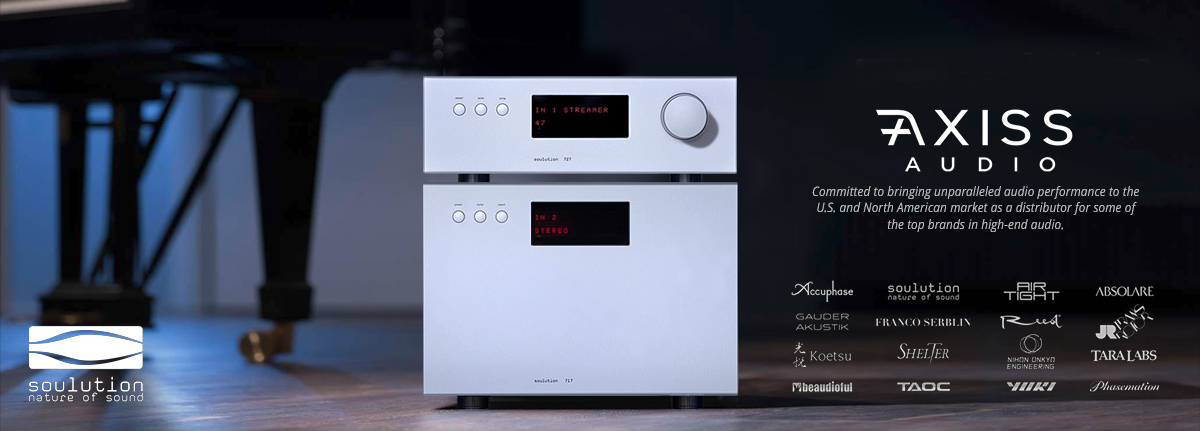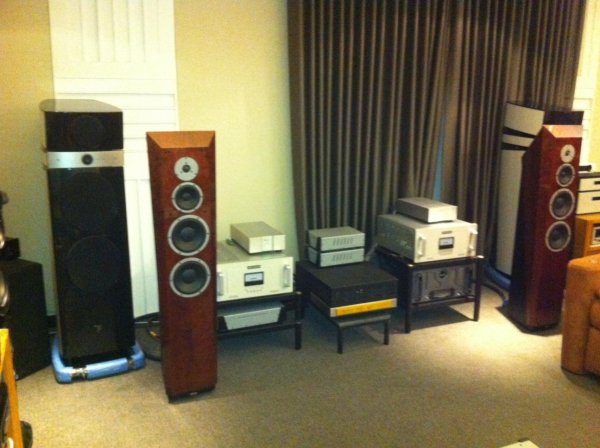Measurements from an Italian magazine:
Correct peak to peak power output should be 460/880/1300 watt in 8/4/2 ohms,
and 400/710/1150 watt continuous.
Output current - 44A
Output voltage cont. in 8/4/2 ohms - 55/52/48V
Freq. Response - 10-50k -2dB, 10-100k -5dB.
Damping factor in 8 ohm 10 kHz - 465
Slew rate - up 30V, down 40V
S/N - 126 dB Aw
Wow - actual measurements turned out to be BETTER than what the manufacturer states? I wonder if it's got anything to do with the Italian magazine having a 240V line instead of 115V here in the US.....

















